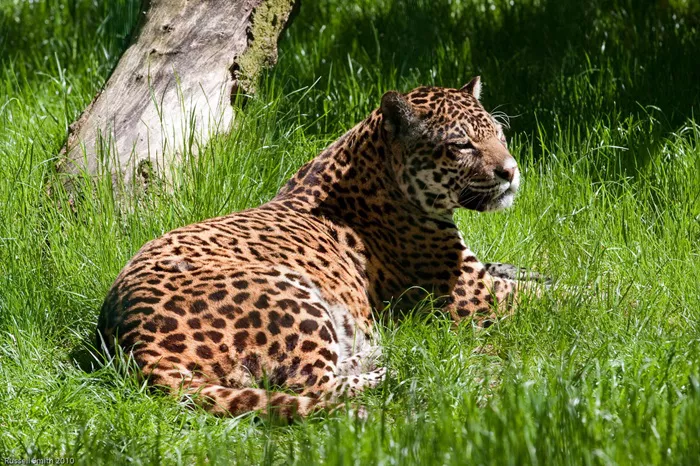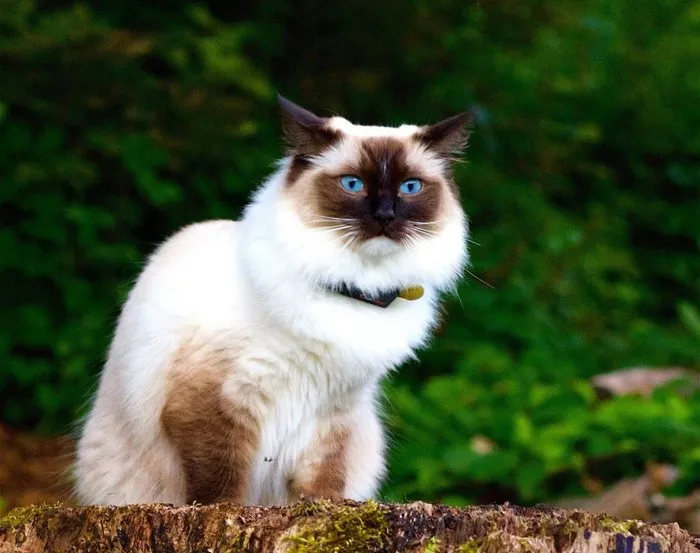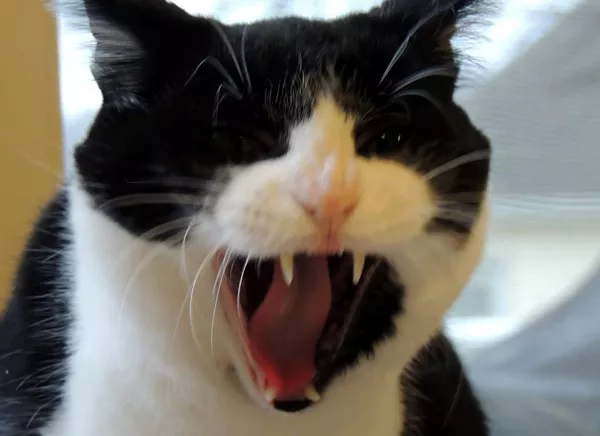In a groundbreaking discovery, the first positive identification of big cat DNA has been made from a carcass found on an undisclosed Cumbrian hill farm. Last October, local resident Sharon Larkin-Snowden stumbled upon the carcass and encountered the feeding animal.
Describing the encounter on Rick Minter’s Big Cat Conversations podcast, Larkin-Snowden recounted the freshness of the carcass and her astonishment at spotting a large black cat, approximately the size of a German shepherd, nearby. Prompted by the sighting, Larkin-Snowden collected swabs from the sheep’s nose and legs, which were then sent to the University of Warwick’s laboratory specializing in big cat DNA analysis.
Prof Robin Allaby, overseeing the testing, confirmed the presence of DNA belonging to a cat from the Panthera genus, which includes species like leopard and jaguar, particularly their melanistic (black) forms.
The existence of non-native big cats, including leopards and pumas, has long been speculated by experts like Minter, who has collected over 1,000 eyewitness accounts of such encounters nationwide. Minter explained the scarcity of hard evidence such as carcasses, attributing it to a reluctance among private estates and individuals to disclose such findings publicly due to potential repercussions.
While it’s unusual for non-native big cats to prey on livestock like sheep, Minter noted that in regions like the uplands of Cumbria, where wild prey may be scarce, they might resort to alternative food sources.


























